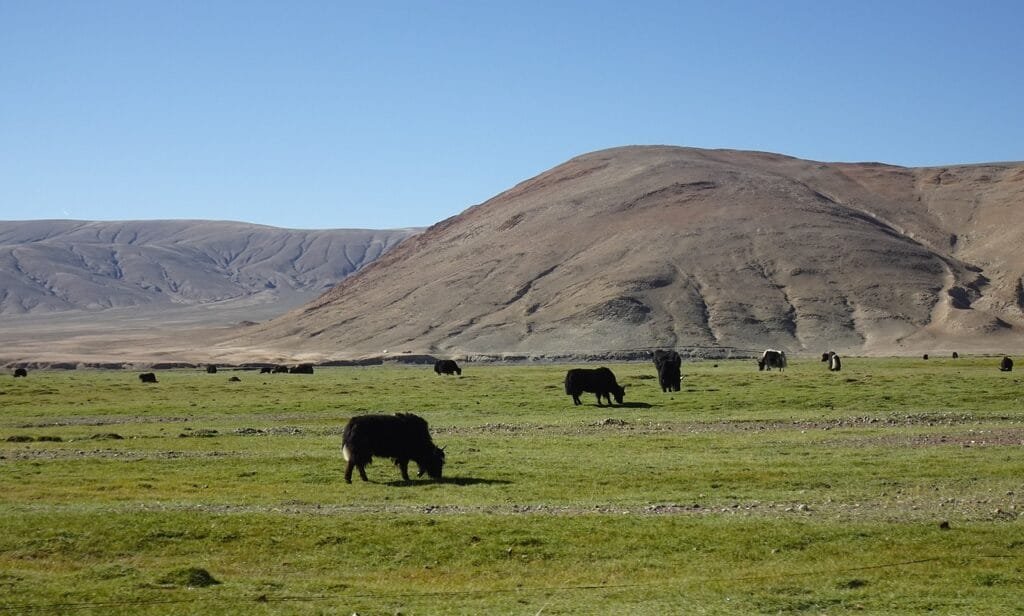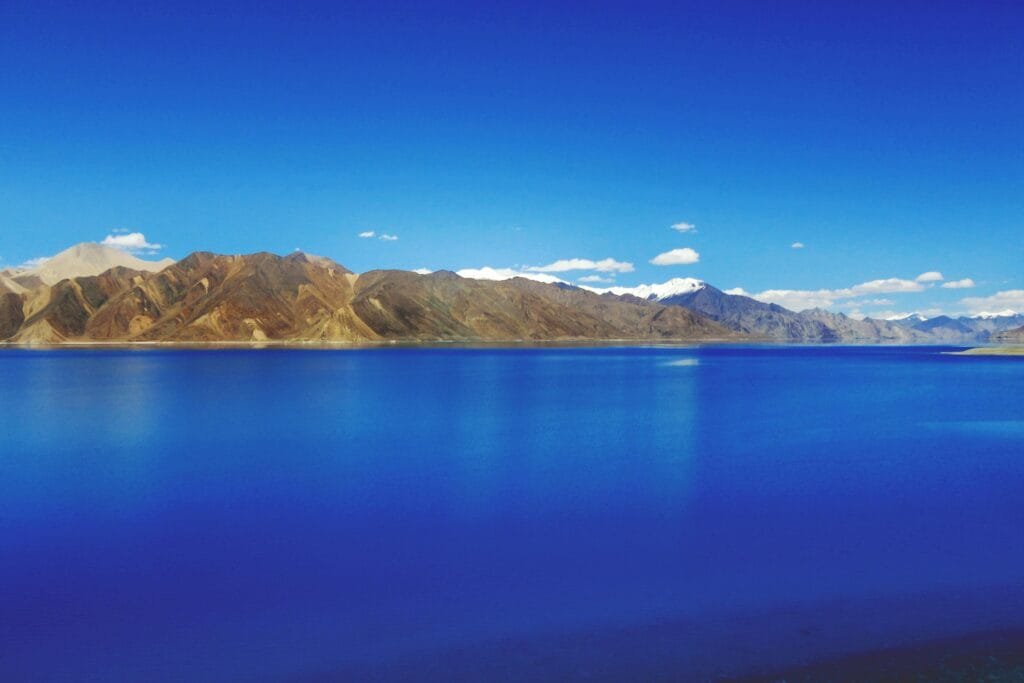Ladakh, with its stunning landscapes and rich cultural heritage, is a prime destination for eco-tourism. Emphasizing sustainability and the preservation of the region’s fragile ecosystem, eco-tourism in Ladakh aims to ensure responsible travel while benefiting local communities.

Why Eco-Tourism in Ladakh?
Ladakh’s fragile environment and unique biodiversity require careful attention. Climate change, increasing tourism, and modernization have posed challenges to its natural and cultural heritage. Eco-tourism practices help minimize environmental impact, promote cultural preservation, and empower local communities.
Key Elements of Eco-Tourism in Ladakh
- Sustainable Accommodations
- Stay in eco-friendly homestays or guesthouses powered by solar energy.
- Support accommodations that practice waste management and water conservation.
- Nature-Based Activities
- Trekking: Explore pristine trails like Markha Valley, Hemis-Shukpachan, or Chadar Trek.
- Wildlife Watching: Spot rare species like the snow leopard, Himalayan ibex, and black-necked crane.
- Cycling Tours: Pedal through Ladakh’s scenic valleys and mountain passes.
- Cultural Immersion
- Participate in traditional festivals like Hemis Festival or Losar.
- Learn local crafts like weaving Pashmina and traditional Ladakhi pottery.
- Attend workshops on Tibetan Buddhism in monasteries like Hemis and Thiksey.
- Promoting Renewable Energy
- Visit villages like Phyang and Solar Hemis, which use solar energy extensively.
- Witness innovative eco-projects like solar-powered cookers and greenhouses.
- Eco-Conscious Adventure
- Enjoy rafting on the Zanskar and Indus rivers with minimal environmental impact.
- Experience camel rides in Nubra’s sand dunes without disrupting the delicate ecosystem.
Eco-Tourism Attractions in Ladakh

- Tso Moriri and Tso Kar Lakes
- Visit these high-altitude wetlands to observe migratory birds and nomadic Changpa tribes.
- Follow designated trails to avoid disturbing the ecosystem.
- Hemis National Park
- Home to snow leopards, Himalayan marmots, and Tibetan wolves.
- Opt for guided tours to learn about conservation efforts.
- Alchi and Lamayuru Monasteries
- Ancient monasteries showcasing Ladakhi art and architecture.
- Support preservation efforts by contributing to monastery funds.
- Phuktal Monastery
- A remote monastery accessible only by trekking, symbolizing harmony with nature.
Eco-Friendly Practices for Tourists
- Carry reusable water bottles and avoid single-use plastics.
- Respect local customs and dress modestly in villages and monasteries.
- Leave no trace: Take back all waste, including non-biodegradable items.
- Support local businesses by buying handmade products and dining at local eateries.
Eco-Tourism Initiatives in Ladakh
Organizations like the Snow Leopard Conservancy and Ladakh Ecological Development Group (LEDeG) are actively promoting sustainable tourism. These initiatives focus on wildlife conservation, waste management, and renewable energy projects.
Benefits of Eco-Tourism in Ladakh
- Environmental Conservation: Reduces the negative impact on Ladakh’s fragile ecosystem.
- Cultural Preservation: Encourages appreciation of Ladakhi traditions and heritage.
- Economic Growth: Provides livelihood opportunities for local communities.
Eco-tourism in Ladakh offers a chance to explore its unparalleled beauty while contributing to its sustainability. By choosing eco-friendly practices, travelers can ensure that this enchanting region remains pristine for generations to come.
